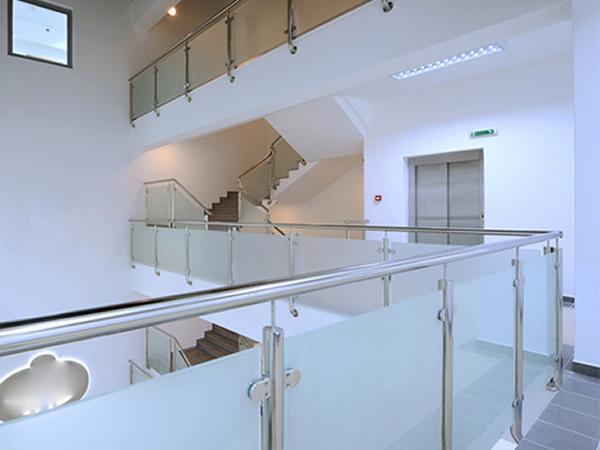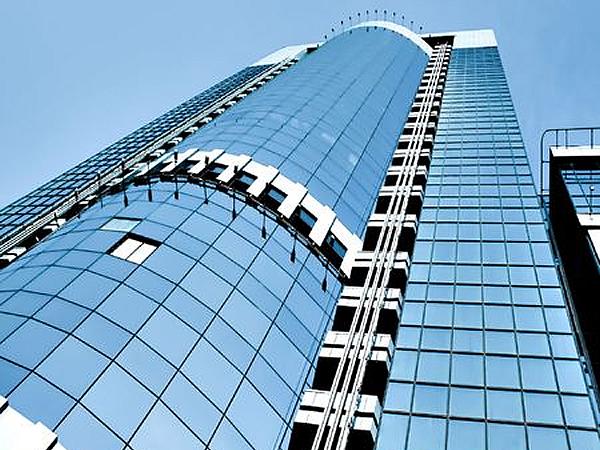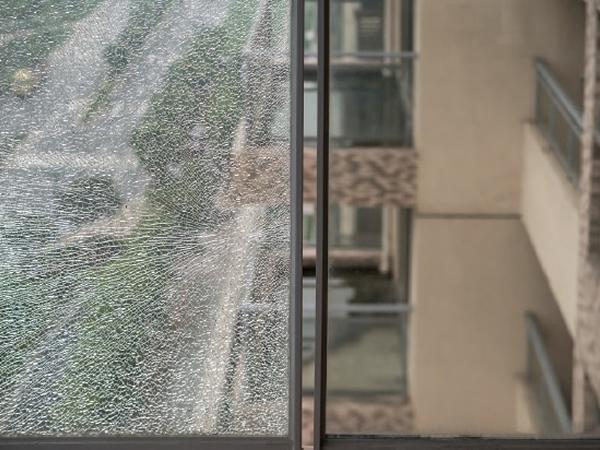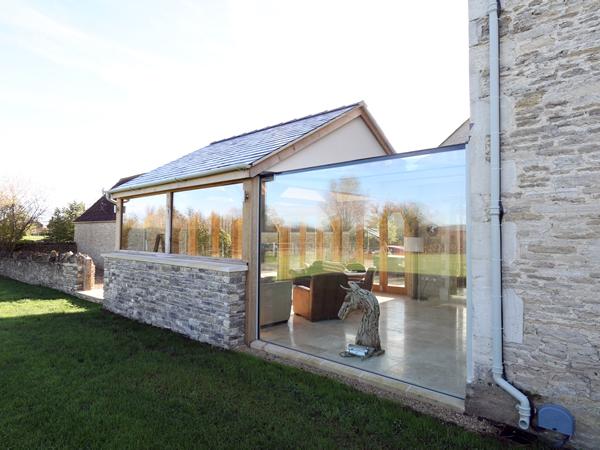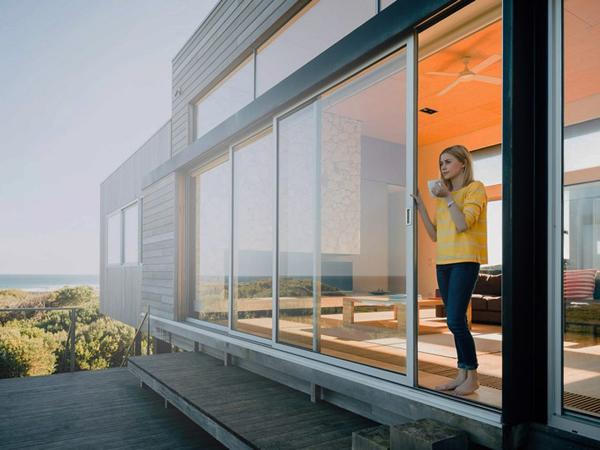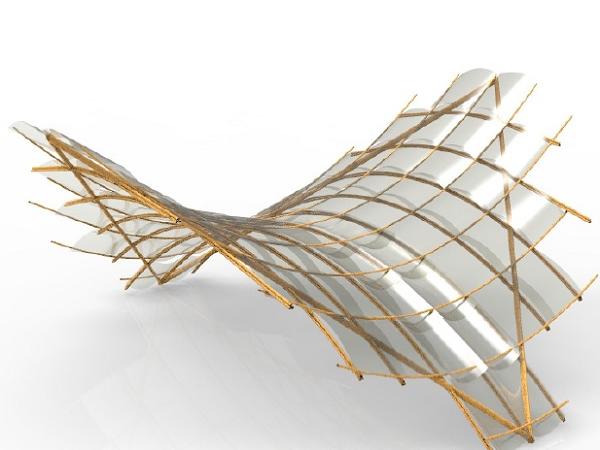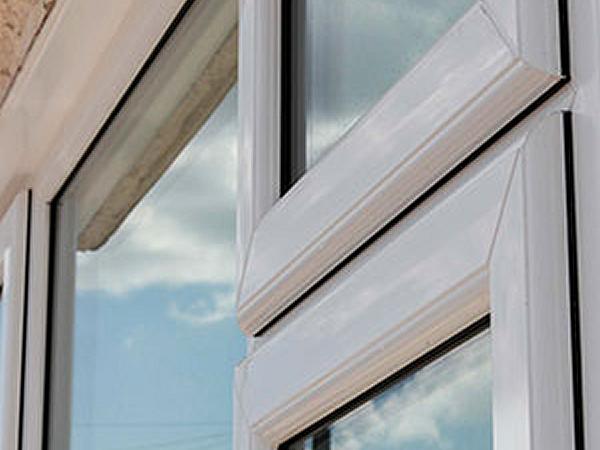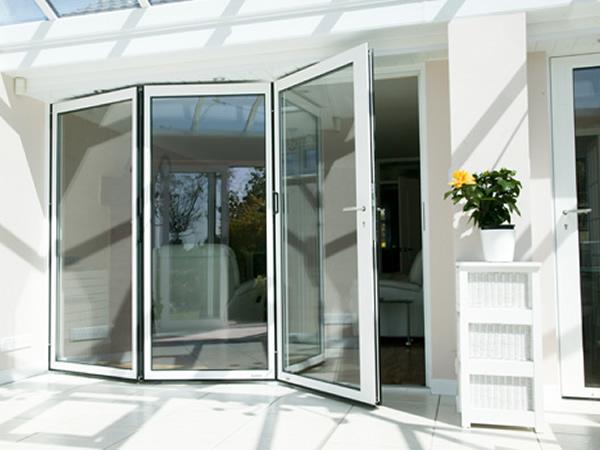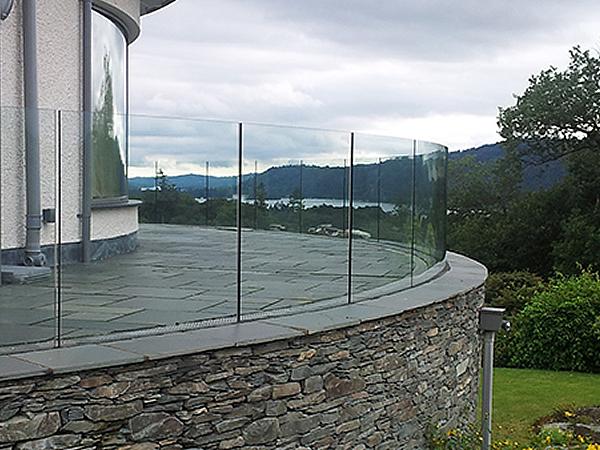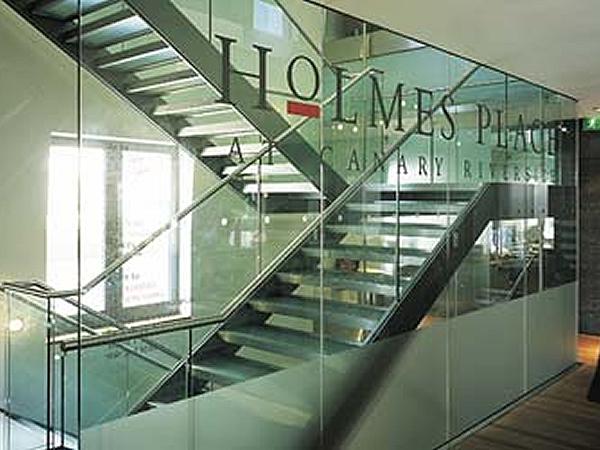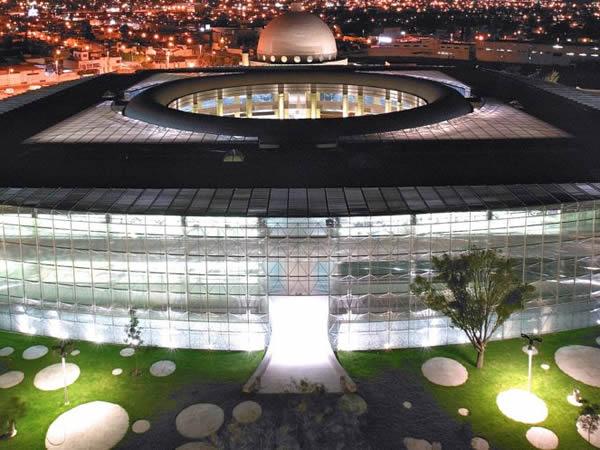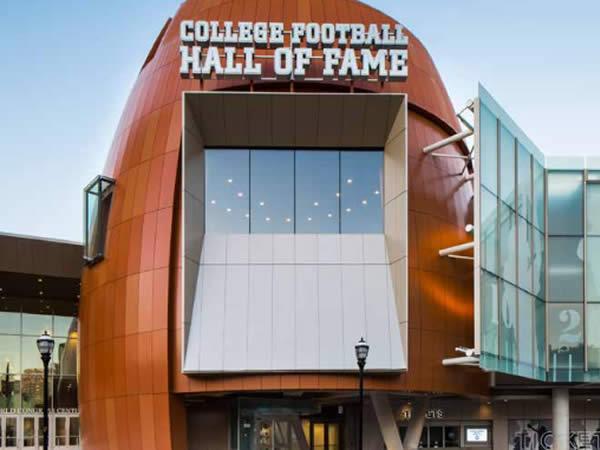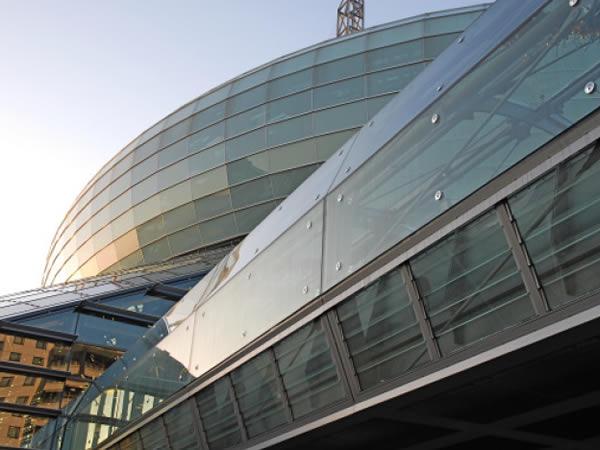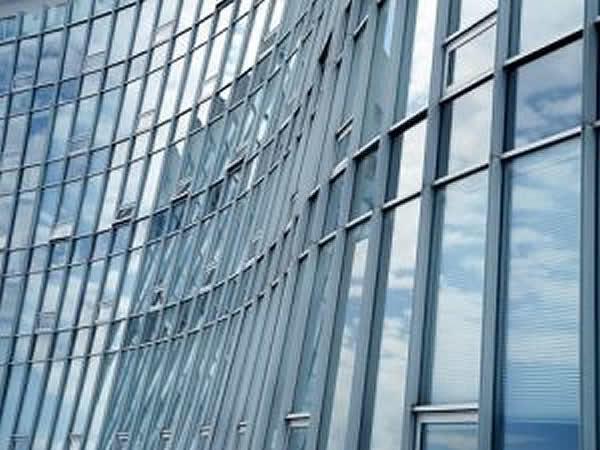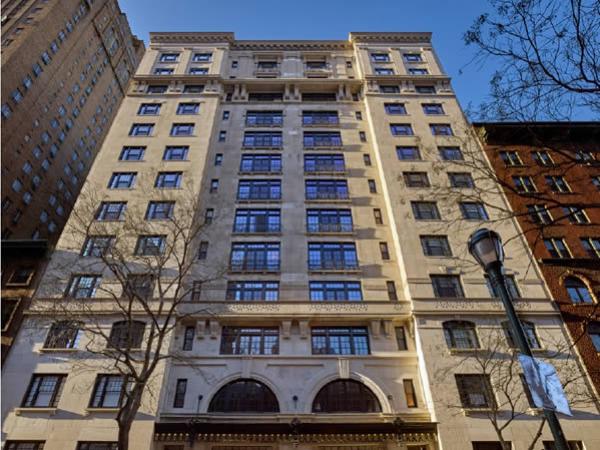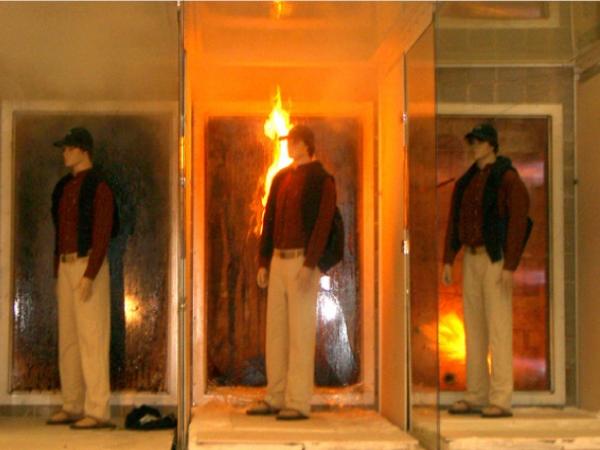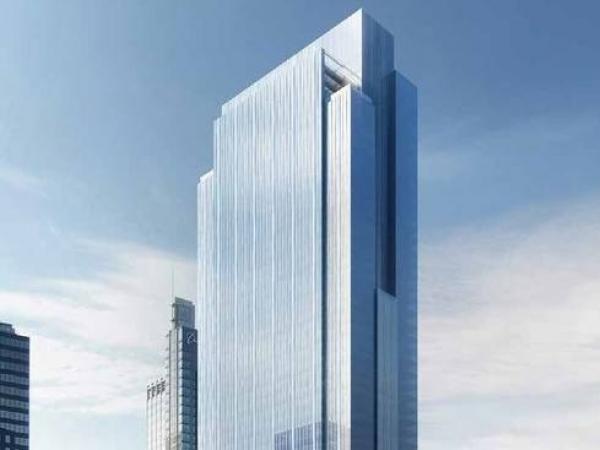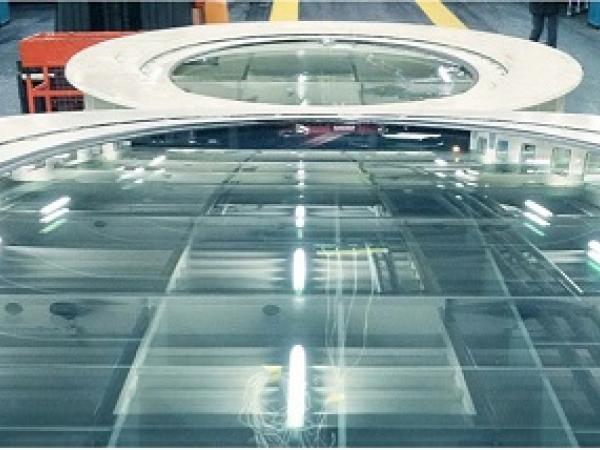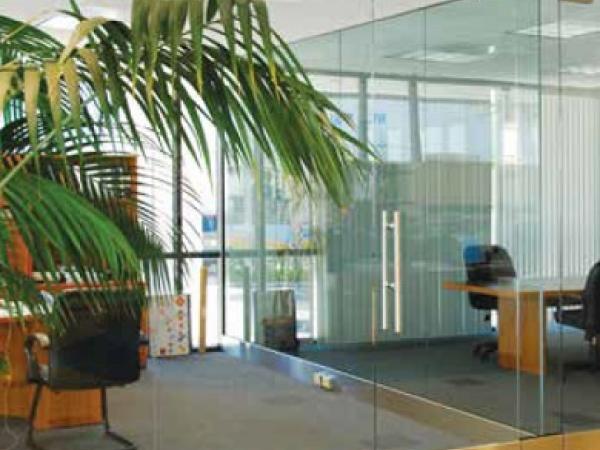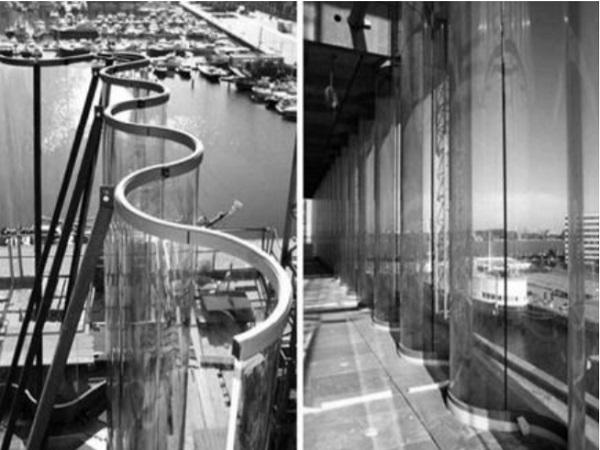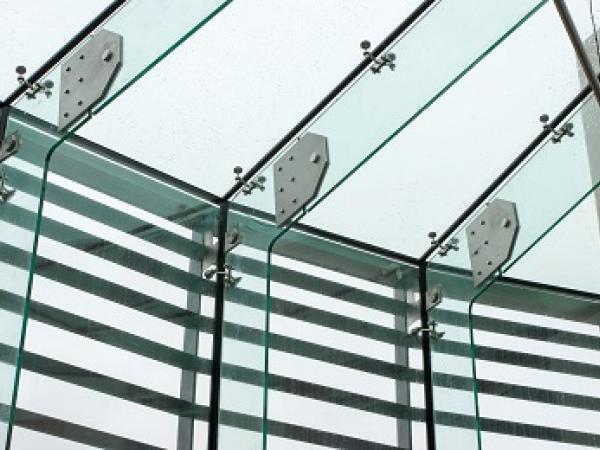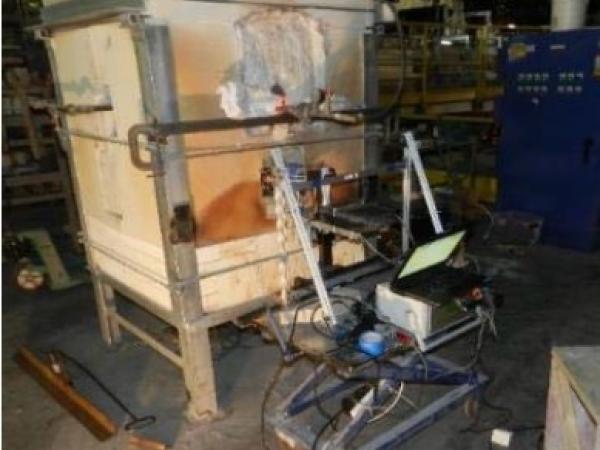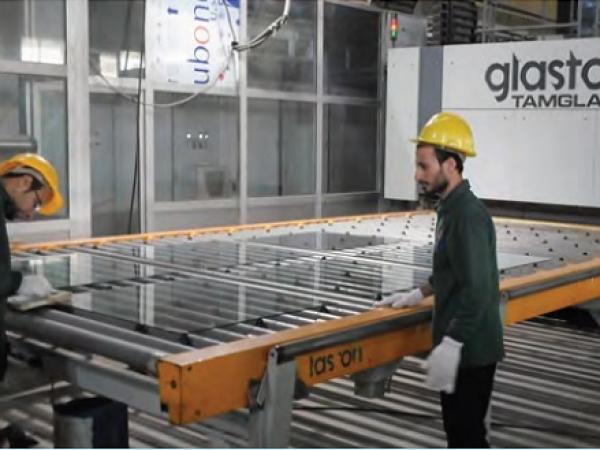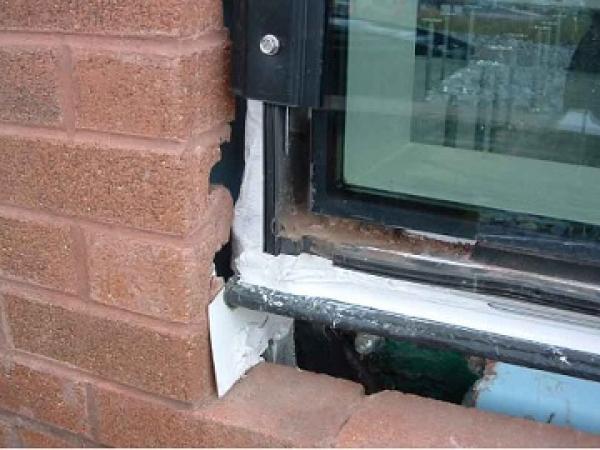Others also read
| When it comes to safety glass, there are generally two options that architects and designers of today will tend specify: toughened glass and laminated glass.
| From flooring to roofing, there are many architectural uses for glass. But today, beyond your average glass fixtures and simple glass structures, buildings made entirely of glass are gaining popularity in major cities across the world.
| Minor edge damage during glass handling, a scratch or nick during installation, a design flaw, or a natural imperfection in the glass could all result in spontaneous breakage.
| The term ‘Wind Load’ is used to refer to any pressures or forces that the wind exerts on a building or structure. There are actually three types of wind forces that would be exerted on a building.
| We all know the basic function of a window and why we think it’s important to the design and functionality of our home – to let in the light and allow us to see our surroundings.
| To obtain free form geometry for the roof structure, bamboo canes are pre-bent. Thin glass is also cold bent and cladded. The tolerances that occur in bamboo construction are accounted by this flexibility of thin glass.
| Double glazing is the practice of using two panes of glazing within your home’s windows as opposed to one.
| When it comes to glazing your self-build, extension, or renovation project, it’s easy to feel overwhelmed by choice.
| A glass balustrade can transform your stairs, landing or balcony into a thing of beauty.
| If you’re looking to create an eye-catching and unique design feature, decorative glass is a really effective and attention-grabbing way to do it.
| Cladding is more than just a protective skin on the exterior of a building.
| Combining white colour effects with impressive strength-to-weight ratio and excellent postbreakage performance
| Have you ever wondered exactly what it means when people talk about things like strengthened and chemically treated glass?
| The AGI educational series illustrates and describes common glazing challenges as a means to communicate best practices for the design and construction industry, not as a sole source for design guidance.
| Samantha Anderson talks about glass selection in the home building process and how important it is to get the timing and choice right.
| “Fire-protection” vs. “fire-resistive.” How should a building code official understand these often confused terms when considering fire-rated glass?
| Laminated safety glass with SentryGlas® ionoplast interlayer has played a key role in enabling the design of an 100-foot-tall glass fin lobby wall on the 150 North Riverside Plaza office building in Chicago, Illinois, USA.
| Thanks to the committed involvement of architectural offices, university departments and industry associations, glasstec offers some unique added value: the special show: glass technology live!
| Stiff PVB is suitable for a much wider range of applications than more traditional PVB interlayers.
| When the visual presence of materials decreases, the maximal transparency creates astounding beauty. In order to enhance transparency, clearer and lighter structures should be used.
| Today’s functional buildings tend to have shapes that go much further than pure expediency, and glass is therefore used more and more frequently as a structural support element.
| Furnaces are currently inspected on a regular basis with thermal imaging sensors and other techniques that heavily rely on experience of the plant personnel.
| For the past five years, Nile Aluminium & Metals Company, or AluNile, has had very positive experiences with Glaston's first FC500™ tempering furnace sold outside Finland.
| Curtain wall, storefront glass, and windows are everyday parts of building design and construction. Like all parts of a building exterior, glazing elements have to meet the fundamental functional

